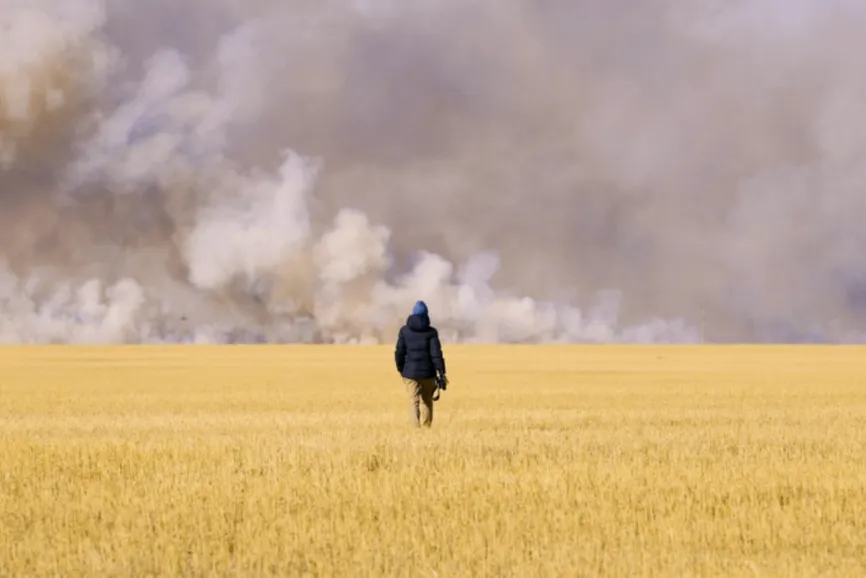Kazakhstan’s Altyn Dala Conservation Initiative has been recognized as one of the 10 pioneering projects to revive the natural world by the United Nations on December 13, QazMonitor reports.
The UN designated the initiative as one of its inaugural World Restoration Flagships. These initiatives, which are eligible to receive UN-backed support, funding, or technical expertise, are designed to showcase how environmental advocates are mending damaged ecosystems across the planet.
Founded in response to the plight of the Saiga antelope, an IUCN Critically Endangered species, the conservation efforts are based across the species’ roaming ranges of the Kazakh steppes and deserts, spanning an area of 75 million hectares.
Since 2008, the Kazakhstan Association for the Conservation of Biodiversity (ACBK) co-founded the initiative with the Committee for Forestry and Wildlife, the Frankfurt Zoological Society, Fauna and Flora International, and the Royal Society for the Protection of Birds (RSPB) in the UK.
The activities include the conservation and study of the unique steppe, semi-desert, and desert ecosystems, the creation of an effective network of protected areas, the ecological connectivity of ecosystems, the restoration of typical species communities, scientific research, and monitoring.
UNEP executive director Inger Andersen noted that the revival of the Saiga is “one of the world’s great conservation success stories. It is a sterling example of what humanity can do when we act decisively to restore sensitive ecosystems.”
The saiga population in 2006 was reduced to 50,000 head, but, thanks to the initiative, recovered to 1.3 million by 2022.
In addition to reviving and protecting the steppe, this initiative has helped preserve wetlands, which are a vital stopover for an estimated 10 million migratory birds. A reintroduction program for wild ungulates and kulans in Central Kazakhstan, a part of the Altyn Dala reserve, has already begun.
Vera Voronova, Executive Director of ACBK, said “We hope our nomination raises the profile not just of Altyn Dala but of grasslands in general which play a vital part in global biodiversity and are also an important carbon sink.”
The world restoration flagship awards are part of the UN Decade on Ecosystem Restoration.
Countries have already promised to restore 1 billion hectares – an area larger than China – as part of their commitments to the Paris climate agreement, the Aichi targets for biodiversity, the Land Degradation Neutrality targets, and the Bonn Challenge.
Progress of all 10 World Restoration Flagships will be transparently monitored through the Framework for Ecosystem Restoration Monitoring, the UN Decade’s platform for keeping track of global restoration efforts.
